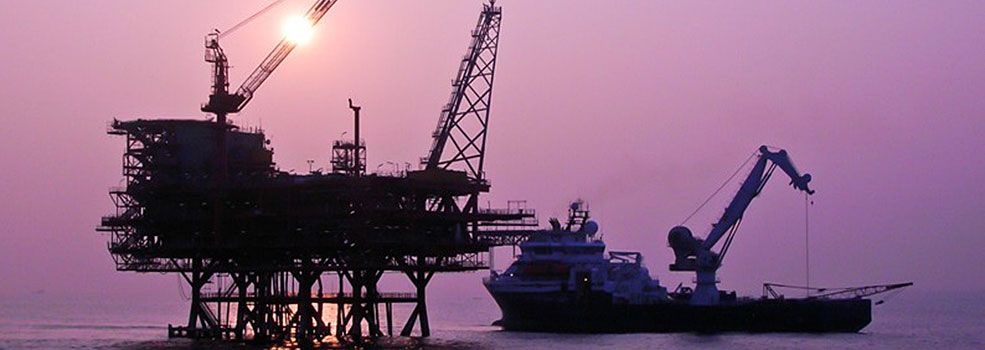Home > Our Services > System Integration > Energy & Maritime Communication
Energy & Maritime Network
Our Telecoms Systems Integration provide complete multi-system, integrated, turnkey telecoms & security packages for global oil and gas projects, both onshore and offshore.
Our personnel fully manage, engineer, integrate, assemble and test our solutions at our facility, in accordance with our ISO approved quality management system.
Our projects range from offshore platforms or FPSOs to major onshore LNG terminals or multi-site oil or gas field developments.
Oil & Gas exploration and production platforms, Floating Storage and Offloading (FSO), Floating Production Storage and Offloading (FPSO), Liquefied Natural Gas (LNG), Drilling, Pipe Laying & Petroleum vessels Onshore oil & gas processing plants including oil & gas terminals, petrochemical refineries and power utilities.
Our comprehensive offerings include:
-
Internal Communication
Crew personnel on vessels or offshore environments require effective internal communication systems to ensure both staff safety and operational success
o Public Address & General Alarm (PA/GA)
o Page Party System
o Driller/Talk Back System
o Sound Powered Telephone System
o PABX/VoIP Telephone
o UHF Leaky Cable System
o Integrated C2 Radio Patching System
o Trunked Radio (Platform) System (Analog/Digital/P.25/LTE)
o Crane Radio System (VHF/UHF FM)
o Radio Paging System (UHF)
o Radio Management System -
External Communication
o Microwave Radio System
o VHF Aeronautical Radio (AM)
o WIMAX Radio System
o SCADA Radio System
o Satellite Telephone
o VSAT System
o Ship Security Alert System (SSAS)
o Long Range Identification System (LRIT)
o C AND Ku BAND TV-at-SEA
o TERRESTRIAL TV-at-SEA
o TV and RADIO Signal Distribution -
GMDSS
The Global Maritime Distress and Safety System (GMDSS) is an international system which uses improved terrestrial and satellite technology and ship-board radio systems. It ensures rapid alerting of shore-based rescue and communications authorities in the event of an emergency. In addition, the system alerts vessels in the immediate vicinity and provides improved means of locating survivors.
o VHF DSC (Marine Radio System)
o MF/HF DSC (MF/HF)
o INMARSAT Mini C
o Navigation Telex (NAVTEX)
o Emergency Position-Indicating Radio Beacon (EPIRB)
o Search & Rescue Radar Transponder (SART)
o VHF/UHF Portable Radio -
LAN & Security Systems
o Local Area Network (Platform LAN)
o Wide Area Network (WAN)
o Structured Cabling
o Fibre-Optic Communication Network System
o PABX (VOIP)
o Video Conference System (VCS)
o Access Control Management System (ACS)
o Closed Circuit Television (CCTV) - Navigation Aids
-
Other Systems
o Environmental Monitoring System (Meteorological)
o Heli-Deck Monitoring
o Vessel Management System
o Master Clock
o Man Overboard System
o Berthing Aid System
o Radio Detection and Ranging (RADAR)
o Wave Radar
o Oil Spill Radar
o Electronic Chart Display Information System (ECDIS)
o Automatic Identification System (AIS)
o Weather FAX
o Autopilot
o Differential Global Positioning System (DGPS)
o Magnetic Compass
o Gyro Compass
o Speed Log
o Echo Sounder
o Emergency Voyage Data Recorder (VDR/SVDR)
o Sound Reception System
o RACON System (Electronic Aids)
o Navigation Light (Visual Aids)/Fog Horn & Air Whistle (Audio)
o Bride Navigation Watch Alarm System (BNWAS)
o Weather FAX
o Aeronautical NAVAID (NDB)

